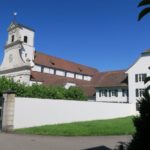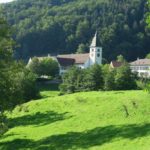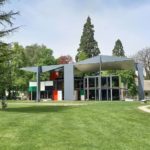Mariastein Abbey
23 January 2024
A Maria chapel, “im Stein” (in stone), was first documented in 1434. There was already another chapel, however, a rock chapel. The Chapel of Grace (Gnadenkapelle) is still visited by around 250,000 pilgrims annually. It is the heart and the destination of the pilgrimage of Mariastein. In the course of the centuries, the rocky cave … Read more » “Mariastein Abbey”



